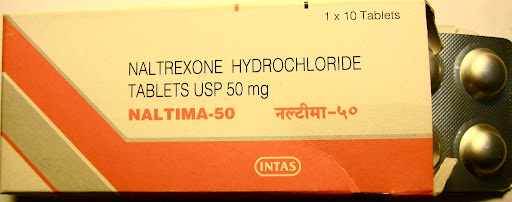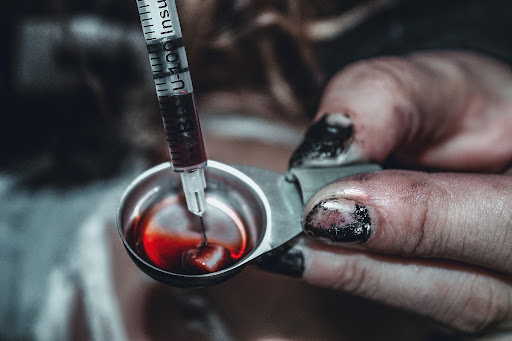What is Opioid Addiction?
Opioids are a class of drugs that slow down the actions of your body – breathing and heartbeat. Opioids also affect the brain by increasing the release of an increased amount of dopamine. Dopamine signals the brain or nerve cells of the body to create a pleasurable feeling of being high.
Opioid medication treats pain, pain that does not respond to typical pain medication. Your physician can prescribe a short course of opioids to help with the pain. The problem is that some people become addicted to the feelings that they get from the drug. When this happens, it becomes a problem. You can become dependent on them.
Building up tolerance and dependence are two common side effects of opioid abuse. Dependence can quickly become an addiction. Once this happens, it is essential to seek help.
What is Naltrexone?
Naltrexone is a medication used to block the effects of opioids. This includes the pain relief effects and the feelings of well-being that often lead to opioid abuse. Naltrexone is injected or in tablet form, and used to help prevent relapse in people who have become addicted to opioids. Naltrexone can also be used to treat alcoholism by reducing the urge to drink.
How does it work?
Naltrexone blocks the euphoric and sedative effects of drugs such as heroin, morphine, and codeine. It binds and blocks opioid receptors, and it helps reduce cravings. If the person relapses while using naltrexone, it will prevent the person from getting the feeling of being high. If you are using naltrexone, you should not use any other opioids, drink alcohol, or take sedatives. People on naltrexone will have a reduced tolerance to opioids and may be at a higher risk for a life-threatening situation. Once the person has been on naltrexone for some time, their sensitivity to the same amount of opioid, they once took changes. If they go back to the same amount they were using, they may suffer catastrophic consequences.
Naltrexone for Opioid addiction
Naltrexone is approved for the treatment of people who suffer from opioid abuse. The person suffering from the addiction needs to undergo detoxing from the opioids before starting the naltrexone. The person should be free from opioids for at least 7-10 days. Studies show that the use of naltrexone decreases reactivity to drug-conditioned cues and decreases cravings.
Possible Side Effects of Naltrexone
People taking naltrexone can experience some side effects, but the side effects are not so severe that the person should stop taking the medication. If you experience side effects, you should contact your physician to adjust the dose. Some of the side effects may include:
- upset stomach
- vomiting
- diarrhea
- headache
- nervousness
- problems sleeping
- tiredness
- joint or muscle pain
While naltrexone can help with your cravings for opioids, it is just the first step. It would help if you found a treatment facility to handle the whole problem adequately. It is best to research your needs, if you need an inpatient treatment facility or if intensive outpatient will work for you. Next, work with a therapist you feel connected with; building a trusting relationship is also vital. Make a plan for continued treatment once your stint in the treatment facility is complete. Keep a support group, people around you who can help support your new lifestyle and keep you accountable for your actions.
Naltrexone is not a permanent cure for drug addiction or alcoholism. But it is the first step to a new beginning.



